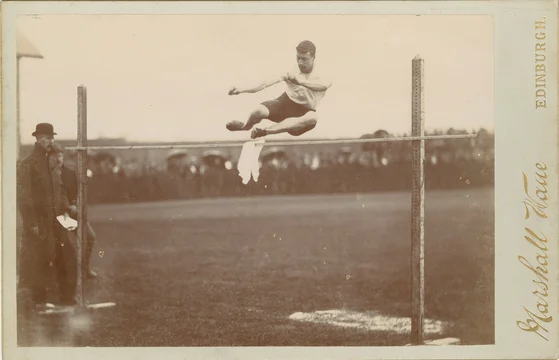Yesterday, Judge Andrews excluded testimony by an expert that improperly advanced a "practicing the prior art" defense. It has been firmly established that "practicing the prior art" is not a defense to literal infringement, and thus is not a proper subject for expert testimony. It is acceptable, however, for litigants to argue that if a patentee interprets a claim broadly for infringement purposes, the claim will read on the prior art ("that which infringes, if later, would anticipate, if earlier," the corollary of the proverbial "nose of wax" principle that prohibits parties from taking one view of claim scope for infringement purposes and another for invalidity).
Some of the expert's opinions were easy pickings: right off the bat in a recitation of legal standards, the expert stated that an accused infringer "cannot be liable for infringement if it is using what has already been disclosed in the prior art. This is known as practicing the prior art.” Judge Andrews struck that language, and also struck the expert's statement that the accused product "simply uses the NOF prior art.” Not all of the expert's opinions crossed the line, however.
For example, Judge Andrews declined to strike the expert's opinion that under the characterization of the accused product by the company that owned the asserted prior art, the accused product did not infringe, noting that "[t]his analysis does not amount to alleging that Jivi [the accused product] merely practices NOF prior art." In fact, it seems to be a completely different analysis, but this demonstrates how thorny this issue can be for defendants and their experts.
Finally, Judge Andrews declined to strike the expert's opinion that "[i]f the direct connection between POLY and R in the Jivi® PEG is no different than the single coupling atom in the claim as [Plaintiffs’ expert] suggests, the claims are invalid because the prior art . . . discloses the connection we see in the Jivi® PEG.” He found that this statement was of the type permitted by the Federal Circuit, because it merely applies the principle that claim interpretation must be consistent for infringement and invalidity, and is more akin to an invalidity argument than a non-infringement argument.
Making this area even trickier, "ensnarement" of the prior art is a defense to infringement, but only infringement under the doctrine of equivalents. With all this in mind, defendants and their experts should choose their doctrines and words carefully when mentioning the prior art in connection with a non-infringement defense.
If you enjoyed this post, consider subscribing to receive free e-mail updates about new posts.





